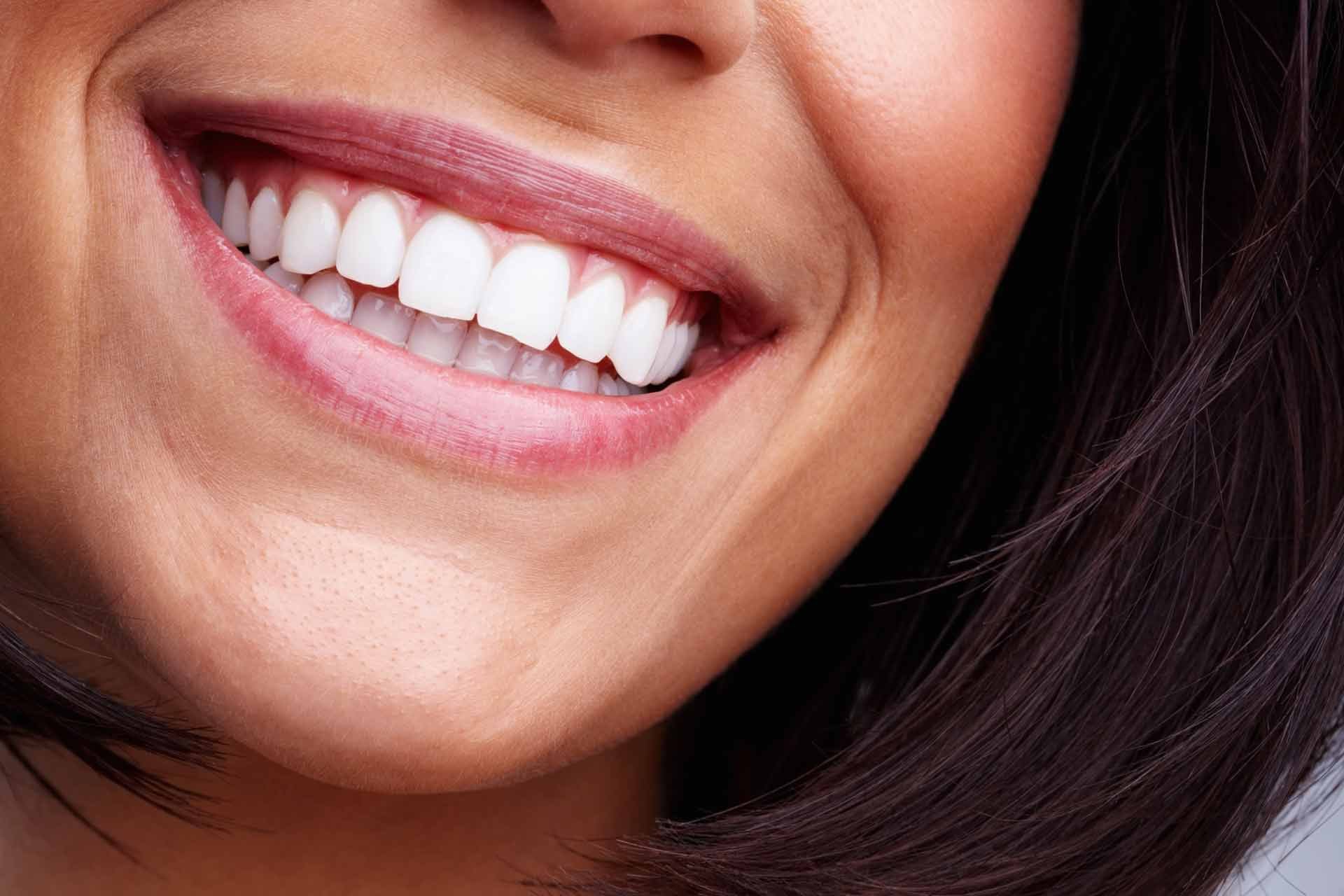Gum Graft

What Is Gum Grafting?
What To Expect
Before The Procedure
Before your gum graft at Gentle Dental, you will have a consultation with your dentist to discuss your dental history and reasons for needing the graft. This includes a thorough examination and possibly X-rays to assess your gums and teeth. Your dentist will explain the procedure in detail and answer any questions. You will receive instructions on preparing for the surgery, such as adjusting medications and whether fasting is necessary.
During the Procedure
During your gum graft, you'll be in a comfortable and supportive environment. Your dentist will numb the treatment area with local anesthesia to minimize discomfort. Depending on the type of graft, such as a connective tissue graft or free gingival graft, healthy tissue from another part of your mouth will be placed over the affected area and secured with sutures. Throughout the process, our team will prioritize your comfort and keep you informed, ensuring you feel relaxed and well-cared for.
After The Procedure
After your gum graft, you might experience mild discomfort or swelling. Your dentist will provide post-operative care instructions, including managing discomfort with pain medication and caring for the surgical site. There may be temporary restrictions on eating and drinking to allow proper healing. You may also need to avoid brushing near the surgical site and use a special mouth rinse to keep the area clean.
Recovery
In the days and weeks following the procedure, swelling and discomfort will gradually decrease. Following your dentist's post-operative care instructions is essential to promote healing and reduce the risk of complications. Gentle oral hygiene practices are crucial to prevent infection and ensure the success of the graft. Your dentist at Gentle Dental will schedule follow-up appointments to monitor your progress and adjust your treatment plan if necessary, ensuring your gums heal properly and you achieve the best possible outcome.
Who Needs Gum Grafting?
Gum grafting is typically used for patients with severe gum recession caused by periodontal disease, aggressive brushing, or genetic factors. Gum grafting may also be necessary for patients with thin or weak gum tissue, which can be prone to further recession. Additionally, it can be part of a comprehensive treatment plan for those with periodontal disease to restore and maintain healthy gum tissue. If you're experiencing any of these issues, your dentist at Gentle Dental will evaluate your condition and discuss whether gum grafting is the right option for you.
